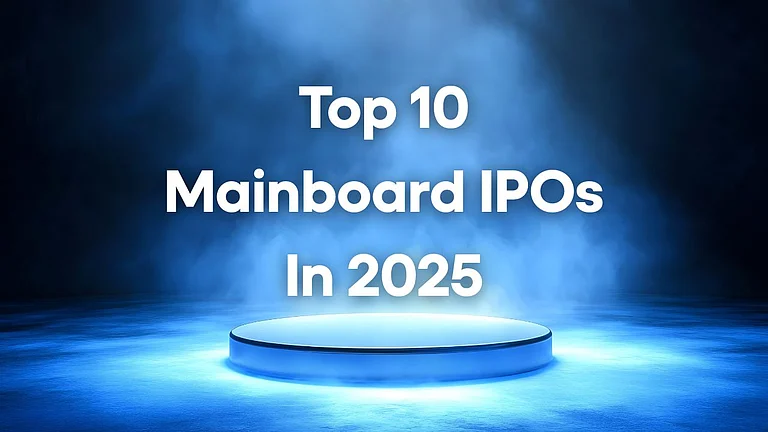Health insurance is critical because the inflation rate in the medical sector is higher than in most other sectors. But people often don’t buy them if their employer provides one.
“Given the rising medical inflation and increase in lifestyle-related illnesses, it is important to have an individual health cover with adequate sum insured in addition to what is offered by your employer,” said Vivek Chaturvedi, chief marketing officer (CMO) and head of direct sales, Go Digit General Insurance.
Here are answers to some key questions you may have regarding owning multiple health insurance policies.
How Many Policies Can I Buy?
There is no cap on how many health insurance policies one can buy. However, Chaturvedi said that people should have an individual health plan with an adequate top-up policy cover over and above what is being offered by the employer.
“In the case of a family, an individual cover can be converted into a floater plan to cover all members of the family,” Chaturvedi added.
So, one should have an individual policy as secondary insurance in addition to the one provided by the employer and a top-up on the personal health insurance policy so that any medical bills above the coverage limit also get covered.
Abhishek Kumar, a Sebi-registered investment advisor and founder of SahajMoney, a New Delhi-based financial planning firm, said that he would advise people to buy a personal health policy as many times corporate policies come with certain limitations.
“I would also advise buying a super top-up policy to account for medical inflation or inability to increase cover due to a pre-existing condition in the future,” Kumar added.
However, the subscriber must disclose all the details about the existing policies.
“In case the policies are from different insurers, remember to inform all companies. This is important because many policies come with a contribution clause requiring all policies to contribute in equal proportion to their respective sum insured,” Chaturvedi said.
Which Policy Should I Use First?
If one has an employer-provided group cover and an individual health insurance policy, the person may choose whichever policy they wish when filing a claim. But selecting a company-provided insurance policy for making a claim first makes more sense.
“Utilising the employer-offered cover first may make more sense as filing a claim via the individual health plan may impact the cumulative bonus,” said Chaturvedi.
If you do not have employer insurance and use an individual policy for a claim, which is larger than the sum insured, the top-up policy will come into the picture. Typically, the deductible amount in a top-up policy is equal to the sum insured in the base (individual or family floater) policy. But, of course, you can pay the deductible from your pocket too.
“You may also need to arrange photocopies of claim documents submitted from the first insurer after settling the claim there,” Chaturvedi added.
Will All The Claims Be Cashless?
Note that cashless claims can only be availed on one of the two policies. So one could use the cashless facility of the insurance policy of their choice and get the remaining amount reimbursed from the second insurer.
"However, always intimate the insurer about the reimbursement claim within 24-48 hours of hospitalisation to avoid repudiation or other complications. You may also inform the insurer about the cashless facility on the other policy to ensure transparency," Chaturvedi added.
Every network hospital has an insurance desk where you can get the pre-authorisation form for cashless claims. Once you furnish the filled-in form, the TPA or the insurer will approve your claim and sanction the treatment amount.
Also, one cannot avail of the cashless facility if the hospital where the person got treated is not part of the health insurance companies' network hospitals. In such a case, the reimbursement method has to be used.













